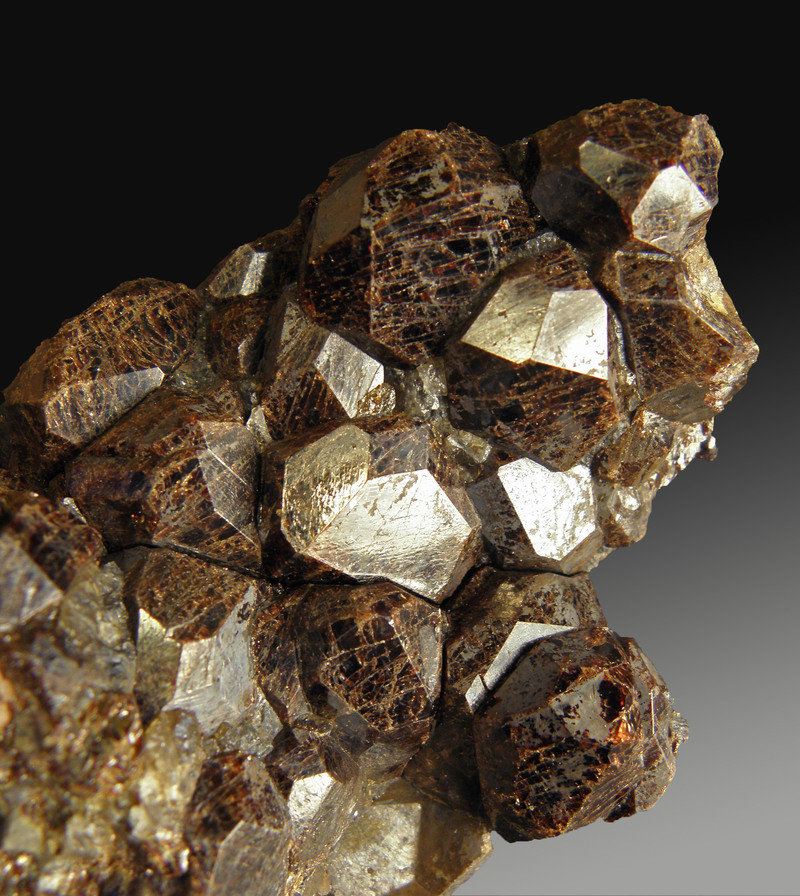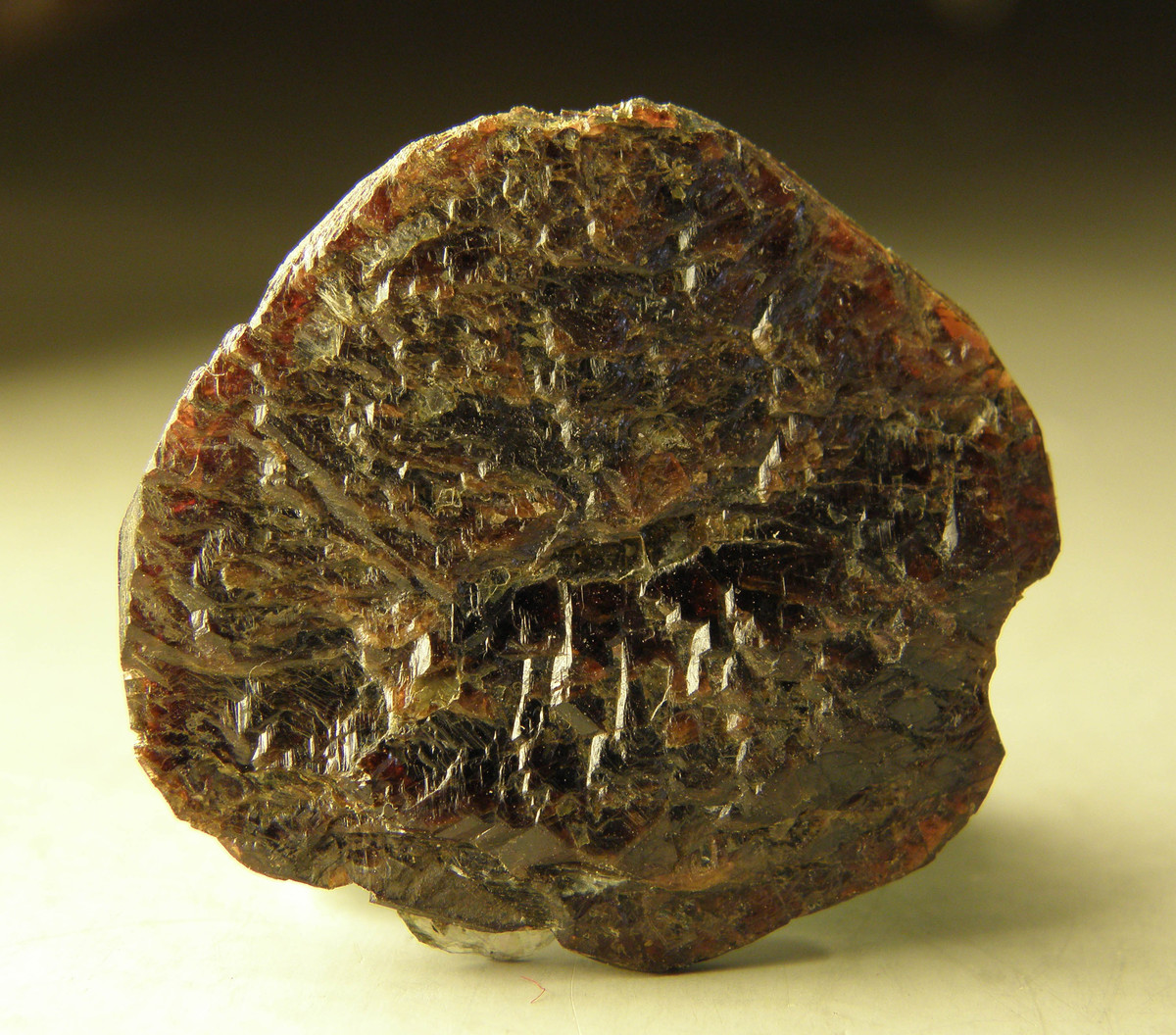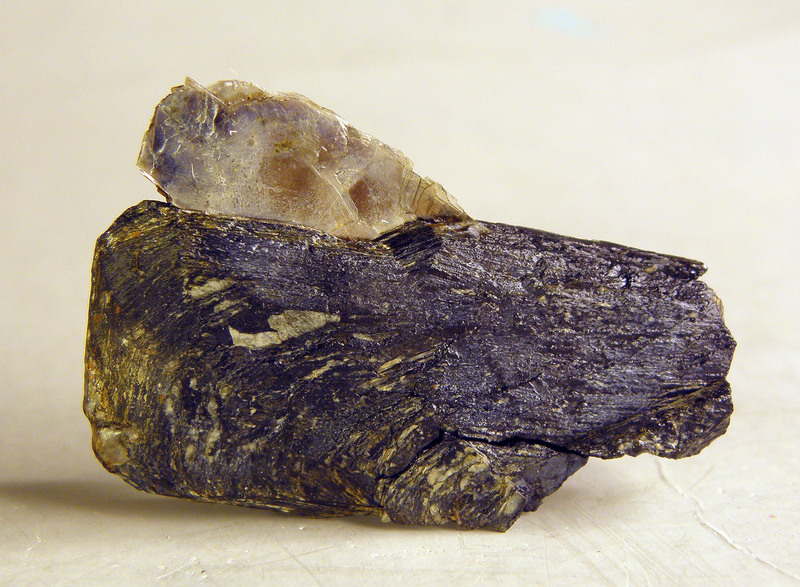The Steli quarry, Iveland Norway
Last Updated: 6th Apr 2021By Olav Revheim
Introduction
The Steli quarry is part of a loosely knit collaboration between landowners in the Iveland area. Together with Litjønn, Solås, Slobrekka and Knipane, Steli is open to the public for a small fee. Since the quarry was opened in 2006, the owners has both blasted new material as well as turned parts of the tailings around. This has opened for good opportunities for collecting minerals. Since 2006 I have been at the quarry 5 or 6 times, and every time I have felt it worthwhile. This article describes the minerals that I have found here, and my perception of their occurrence. Other c9llectors may well have found other minerals, looking for other things than I have.
Steli is one of the southernmost quarries in the Evje/Iveland district, and it is a quite large quarry for this area. The tailings and remaining pegmatite are large and rich enough to satisfy collectors like myself for decades to come.
I do not know when the first load of feldspar was shipped from here, but Steli is mentioned in the literature at least by two different sources as early as 1911. Production did probably start sometime between 1896 ( when the opening of the railroad to Kristiansand made export of feldspar feasible) and 1911. Feldspar, quartz and muscovite has been produced on and off into the 1970-ties.
The pegmatite composition is a fairly standard Evje/Iveland type with microcline and quartz as main minerals. (see articles ) There are a few exceptions though. Steli seems to be richer in plagioclase than average. Garnets are abundant and the muscovite/biotite ratio is higher than average. Y-rich minerals ( like euxenite, fergusonite and gadolinite) are rarer than many other pegmatites in the area. Like many other granite pegmatites, the interesting minerals are located in on near mica, which for Steli is mostly muscovite.
Muscovite may occur as pseudo hexagonal crystals that may reach a diameter up to 30cm, or as “stars” formed by radiating mica sheets. These “stars” that may exceed 50cm in diameter. It is within these "stars” the different minerals occur, either within the mica itself or in the plagioclase or quartz in-between the sheets.
Garnet
The garnets has a composition within the almandine-spessartine series, and analysis’ published by AO Larsen show that the almandine component is dominating. I am not sure if that goes for all the garnets found here, as both the environment and color of the garnets differ significantly within the pegmatite. Garnets are found in three different environments:
1) As crystalline veins in the feldspar
Occasionally, brownish red garnet veins are crisscrossing the microcline feldspar. These veins may be thin and discontinued or thicker veins a couple of centimeters thick. Attempting to split the rock just next to the garnet vein, may cause the garnet and feldspar to part, revealing well crystallized garnet groups. More often though, these attempts creates garnet sand. As the photos show, these garnets often has microfractures.
2) Garnet crystals embedded in quartz or feldspar in-between or near mica stars.
Isolated crystals or small crystal groups can frequently be found in this environment. The sharpest and best formed crystals sits in quartz. They are frequently sized up to and exceeding 2 cm. Sometimes the growth of these crystals are restricted by mica sheets.
3) Crystals wedged between mica sheets.
In-between the mica sheets, the growth of the garnets are often so restricted that they are completely flat. I have found specimens that are no more than a couple of mm thick, and 4-5cm in diameter. These crystals often show a large number of crystal phases. Smaller crystals of this type may be transparent and have a nice orange-red color.
Monazite-Ce
Monazite-Ce can also be found in the mica stars, and is abundant in this environment. The crystals are quite small (<1 cm), but normally well developed and with a nice golden brown color. Monazite occurs perpendicular to the mica sheets, and they often fall out of their matrix. The largest monazite I have found are approx. 3 cm long, and the larger crystals are often altered to secondary minerals. Cerianite, thornebohmite and bastnasite are known from other localities in the area, but I don’t think that any of these minerals has been identified in material from the Steli quarry.
Columbite-(Fe)
Ferrocolumbite is the third mineral that frequently occurs with muscovite. Ferrocolumbite can be found as flat prismatic crystals embedded in plagioclase feldspar, with the c-axis parallels to the mica sheets. The crystal development can often be restricted when in contact with the mica. The photos shows different crystal shapes.
All three of these minerals can often be found quite near each other, but either monazite or ferrocolumbite can be completely absent from a specific mica star, and I have not found any distinctive pattern in the distribution of these minerals.
A few small crystals of intergrown xenotime-Y and zircon has been found in mica. I have found one of these.
While in operation, large beryl crystals could be found. Crystals 10-15cm thick and 1m+ long has been mentioned. Smaller beryl crystals may still be found on the dumps, but the quality of these is rarely very high. Perhaps more interesting is that the beryl crystals are often altered to other minerals, bertrandite is one of them. Small free standing bertrandite crystals may occasionally still be found in or near altered beryl.
Several other minerals has been found here while the quarry was in operation, and probably also the later years. I am absolutely confident that other, better and more minerals has been found recently by others. There are absolutely no reason to belive that I have found the best of what is in the large tailings.
The potential for good finds is definitely there, probable also micro crystals/secondary minerals previously not described from the quarry. If anyone that reads this has made other finds, please share as a comment to the article or as a PM to me. Thanks.
Olav
Article has been viewed at least 15238 times.



















































